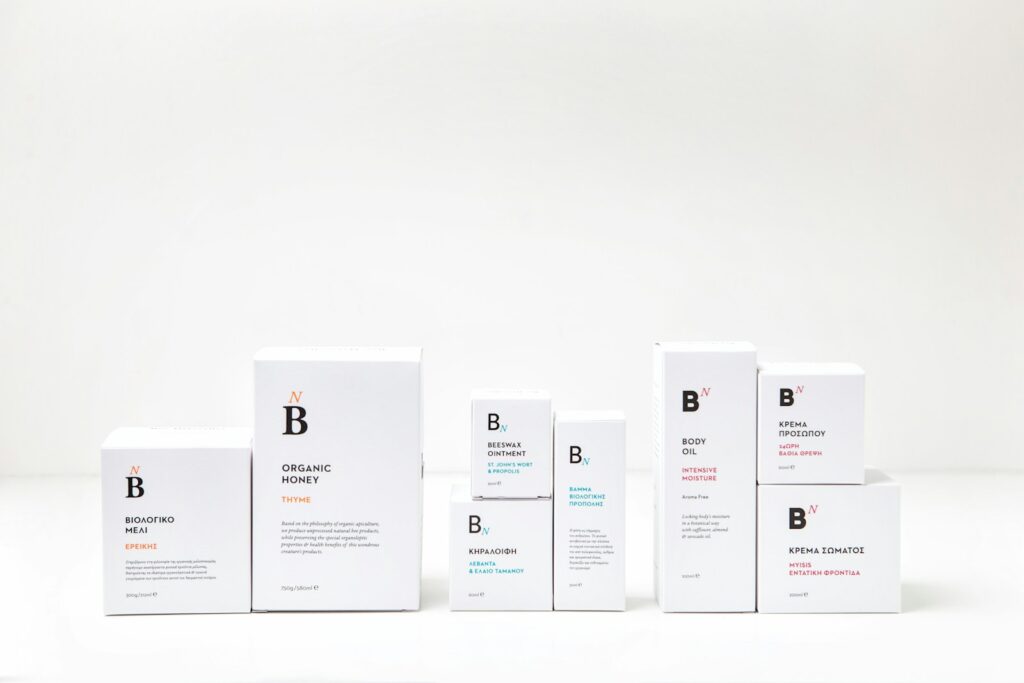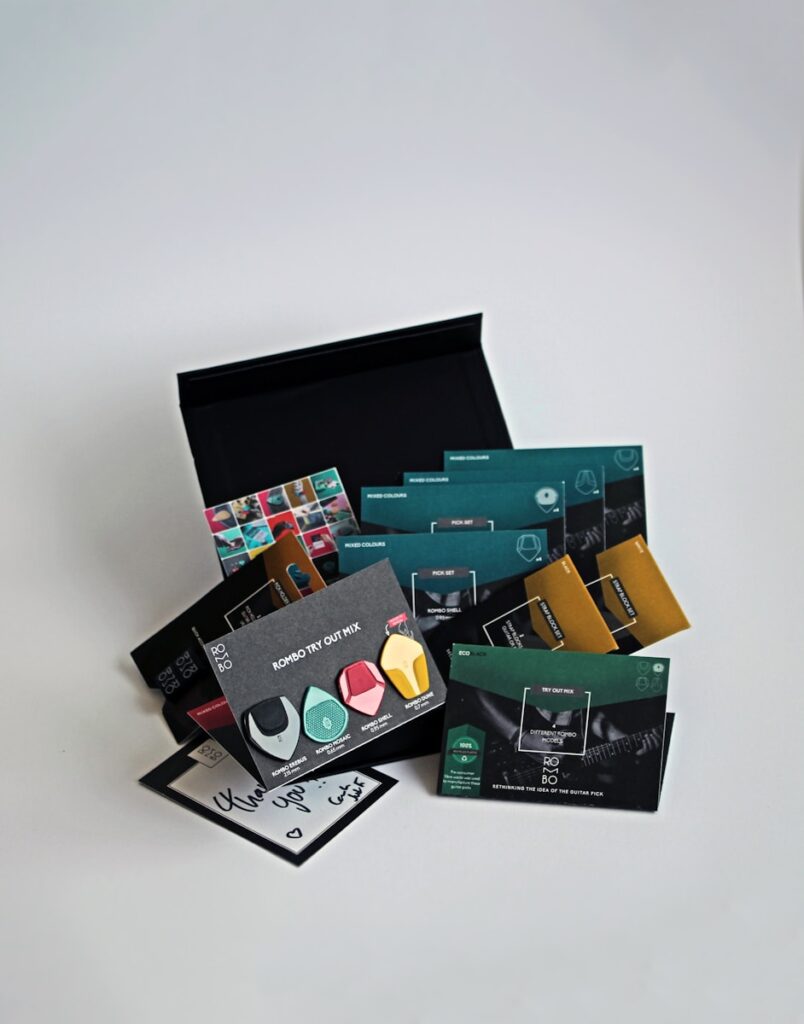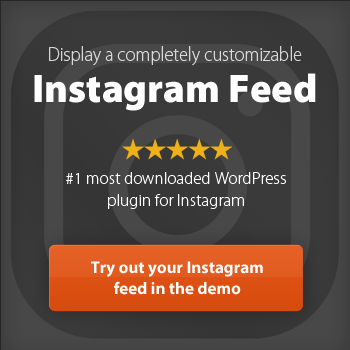Many small business owners come to me with a common problem: their brand is all over the place. They have a logo from one designer, a color scheme from a website template, and a handful of social media graphics that don’t quite match. This visual clutter creates inconsistency, wastes time, and weakens their message. A complete branding kit is the solution, ensuring every part of your business stays “on brand” across every channel.
During a rebrand, these elements are not just helpful—they are the foundation of a clear and compelling brand identity and brand personality. A well-organized branding kit allows you to move forward with confidence, knowing that every piece of content you create is professional and cohesive. I’ll break down the seven essential pieces every brand kit needs, with practical tips and examples to guide you.
1. Branding Kit Basics: What It Actually Includes
So, what exactly is a branding kit? Think of it as the official rulebook for your brand's look, feel, and voice. It’s a centralized collection of all your key brand assets and guidelines. This kit becomes a single source of truth for your internal team, freelancers, and marketing partners, eliminating guesswork and ensuring everyone is on the same page.
A branding kit helps your business maintain consistency across all your digital assets, from your website and social media profiles to email newsletters and print materials. This consistency is what builds recognition and trust with your audience. We'll be covering the seven core elements that make up a powerful and effective kit.
2. Clarifying Your Brand Identity and Brand Personality
Before you can build a visual identity, you must first define your brand identity. This is the soul of your business. It's the core message and emotion you want to convey to your customers. When clients come to me for a rebrand, I start by asking a few key questions:
- What does your business truly represent?
- Who is your ideal target audience?
- What makes your business quickly recognizable in a crowded market?
The answers to these questions shape your brand personality—the human characteristics of your brand. Are you professional and authoritative, or friendly and fun? This personality guides your tone of voice, your design choices, and how you show up online. Defining it is the first step toward building a brand that connects.
[divilifeshortcode id='7131']
3. Your Brand Story & Positioning Statement
Every great brand is built on a compelling narrative. Your branding kit should include a simple, powerful brand story that captures who you are and why you exist. This isn't a long-winded history lesson; it's a concise summary that includes:
- Your Mission: What are you trying to achieve?
- Your Values: What principles guide your actions?
- Who You Serve: Who is your ideal customer?
- Why You Exist: What problem do you solve for them?
Alongside your brand story, a positioning statement clarifies your unique place in the market. It’s a brief description of your target market and what makes you different from the competition. This statement helps your audience quickly understand what sets you apart and why they should choose you.
4. Your Logo Files in Multiple Formats
Your logo is the face of your brand, but a single file isn't enough. A professional branding kit includes your logo files in multiple formats to ensure it looks sharp and clean everywhere it appears. Having these ready saves an incredible amount of time and prevents pixelated or distorted logos.
Every business should have these logo variations:
- Primary Logo: The main version used most often.
- Secondary Logo: An alternate version (e.g., stacked or horizontal).
- Icon or Submark: A simplified version, perfect for social media profiles or favicons.
These logos should be saved in different file types, such as PNG (for transparent backgrounds), SVG (for scalable web use), and JPG (for general use).
5. Your Color Palette and Font Choices
Colors and fonts are powerful tools that shape your brand aesthetic. Your branding kit must define these elements clearly. A well-defined color palette includes:
- Primary Colors: The 2-3 main colors that dominate your branding.
- Secondary Colors: 3-5 complementary colors used for accents, buttons, and highlights.
- Neutrals: Shades like white, grey, and black for text and backgrounds.
Each color should be identified by its HEX code (e.g., #FFFFFF) for digital consistency. Likewise, your brand fonts influence your visual style. Your kit should specify your primary headline font and a secondary body font that are legible and reflect your brand personality.
6. Brand Guidelines for Visual Style and Consistency
Brand guidelines tie all your visual elements together into a cohesive system. This document outlines the rules for using your brand assets, ensuring everything stays consistent no matter who is creating content for your business.
Clear brand guidelines typically cover:
- Logo Rules: How and where to use the logo, including minimum size and spacing requirements.
- Color Use: Instructions on how to apply your primary and secondary colors.
- Font Usage: Rules for headlines, subheadings, and body text.
- Imagery Choices: The style of photos or illustrations that align with your brand.
- Templates: Examples for social posts, presentations, and other materials.
This guidance saves time and empowers your team to create content that is always on brand.
7. Brand Assets, Templates, and Digital Resources
Beyond logos and colors, your branding kit should include a library of other essential brand assets that create your brand's visual identity. These are the ready-to-use creative elements that streamline your marketing efforts. Good brand kit examples often contain:
- Custom icons
- Branded patterns or textures
- Social media templates for different platforms
- Website graphics and button styles
- Business card and letterhead layouts
Templates are perhaps the most important thing for maintaining day-to-day consistency. They make it easy for anyone to create high-quality, on-brand content quickly, whether it’s for social media or a sales presentation.

Photo by Bee Naturalles on Unsplash
Using Canva Pro and Other Tools to Keep Everything Organized
Once you have all these elements, where do you put them? For many of my clients, I recommend using tools like Canva Pro. Its brand kit feature allows you to store your logos, color palette, and brand fonts in one central, accessible place.
This saves time by putting all your assets right at your fingertips when creating new designs. It reduces confusion and ensures that everyone, especially in a small team, is using the correct assets. As part of our rebranding process, we often help clients set this up to make their marketing workflow seamless.
How These Elements Bring Your Rebrand to Life
Individually, these elements are just files and rules. Together, they create a cohesive and powerful brand identity that works for you. A complete branding kit gives you the confidence to show up online with clarity, professionalism, and consistency. This has a direct impact on customer trust, sales, and your long-term growth. When your brand looks and feels the same everywhere, customers are more likely to remember you and trust your message.
Ready to Build a Branding Kit That Elevates Your Business?
We've covered the seven essential elements every branding kit needs: a defined brand identity, a compelling story, versatile logo files, a clear color palette and font system, practical brand guidelines, and a library of brand assets. A professional branding kit is the key to a successful rebrand—it ensures consistency, saves time, and helps you connect more effectively with your customers.
Your customers are searching—let’s make sure they find a brand they can trust.
Partner with a veteran-owned agency you can trust. Contact us today to start creating a branding kit that will elevate your business.








